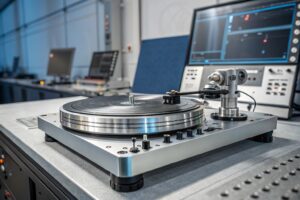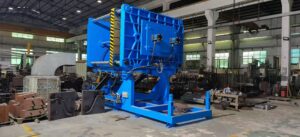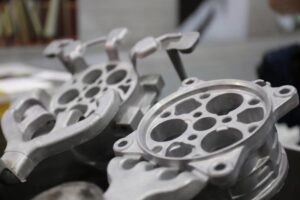In today’s manufacturing industry, the term “Die Cast” frequently emerges, especially in sectors such as automobiles, toys, electronics, and more. So, what does “Die Cast” really mean, and why is it so significant? This article will take you on an in-depth exploration of this metal forming process.
I. Definition of Die Cast
Die Cast, literally translated as “die casting,” is a manufacturing process where molten metal is injected under high pressure into a mold (die), cooling to form the final product. This process allows for the production of metal parts with complex shapes, high precision, and excellent surface finish, while also being highly efficient and relatively low-cost.
II. Characteristics of Die Casting Process
- High Precision: Due to the precise design of the mold, die-cast parts can achieve high dimensional accuracy and shape complexity.
- High Surface Quality: Die-cast parts have a smooth surface finish, requiring minimal post-processing to achieve the desired appearance.
- High Production Efficiency: The die-casting process is highly automated, enabling mass production and increasing efficiency.
- High Material Utilization: By precisely controlling the injection of molten metal, material waste can be minimized.
III. Applications of Die Casting
The die-casting process, with its unique advantages, has found widespread applications in multiple fields:
- Automotive Industry: Automotive components such as engine blocks and wheel hubs are often manufactured using die-casting.
- Toy Industry: Die-cast toys are favored by consumers for their structural stability, smooth surfaces, and vibrant colors.
- Electronics Industry: Die-cast parts are used as cases, brackets, and other components in electronics, combining aesthetics with functionality.
IV. Challenges and Future of Die Casting Process
Despite its many advantages, the die-casting process faces challenges in practical applications, such as high mold costs and energy consumption during production. To overcome these challenges, the industry is continuously exploring new materials, processes, and technologies to achieve more efficient and environmentally friendly die-casting production.
Conclusion
“Die Cast” is not just a term; it represents an advanced metal forming process that has injected new vitality into the development of modern manufacturing. With continuous technological advancements and innovations, the die-casting process will continue to showcase its unique charm and value in more fields.
#die casting #metal #




